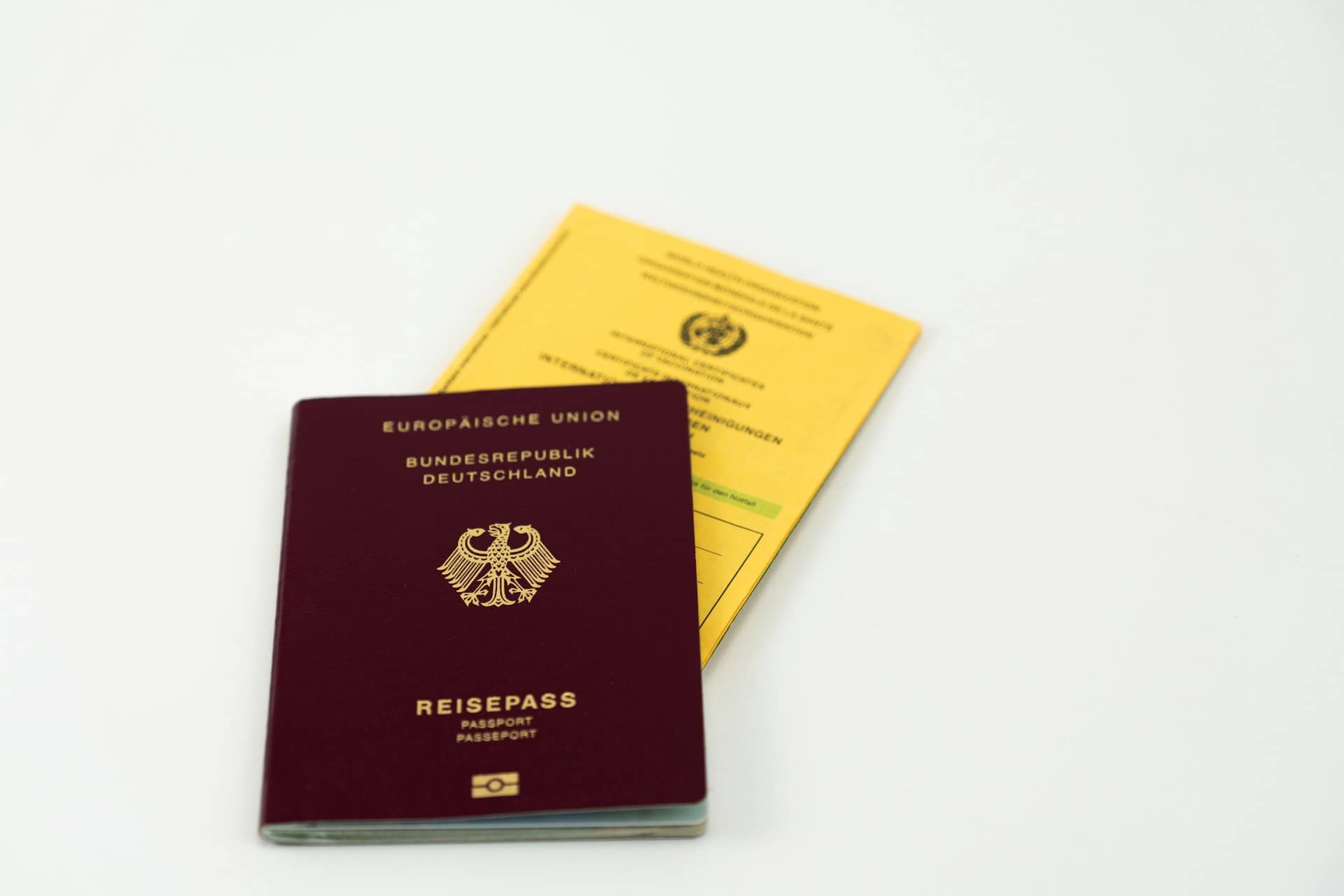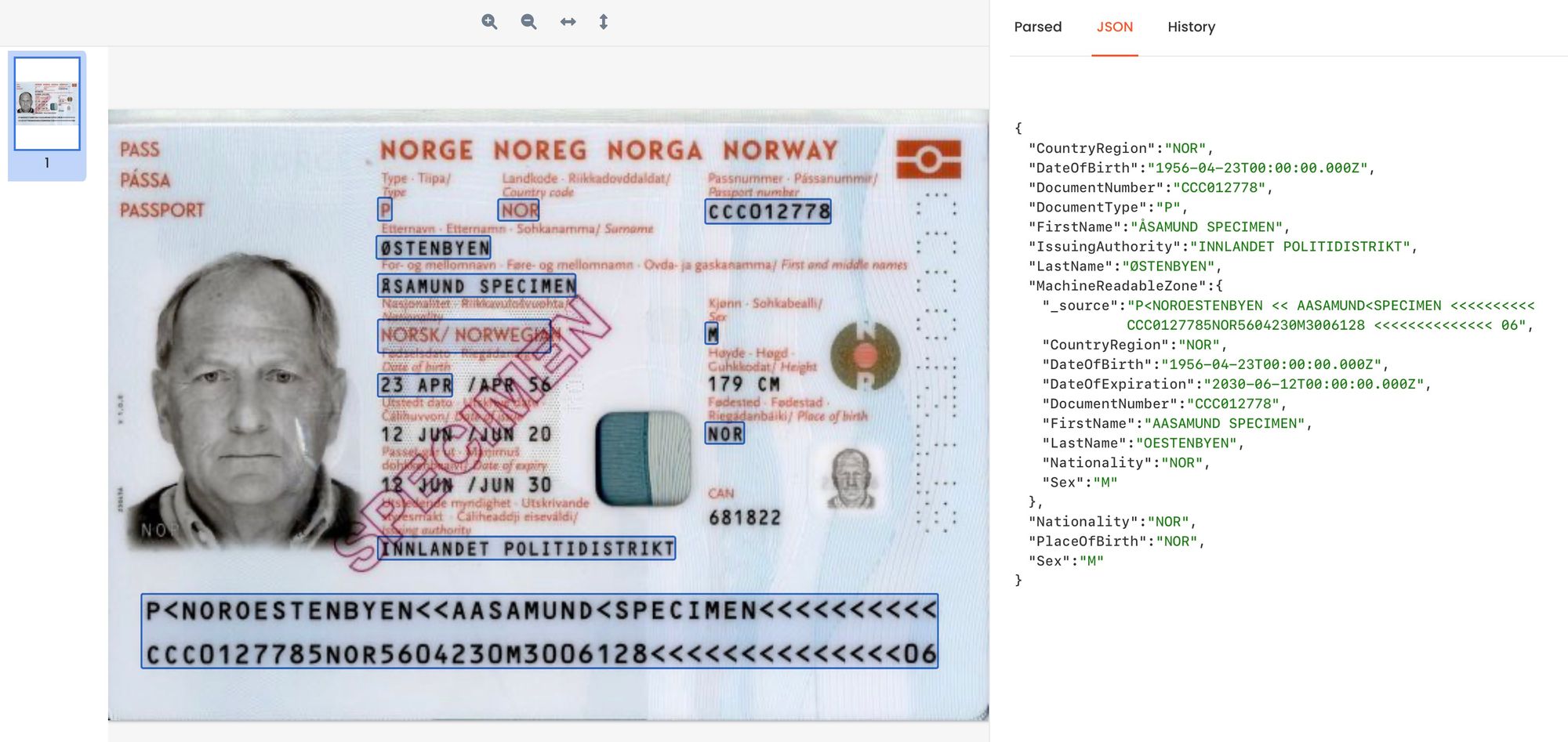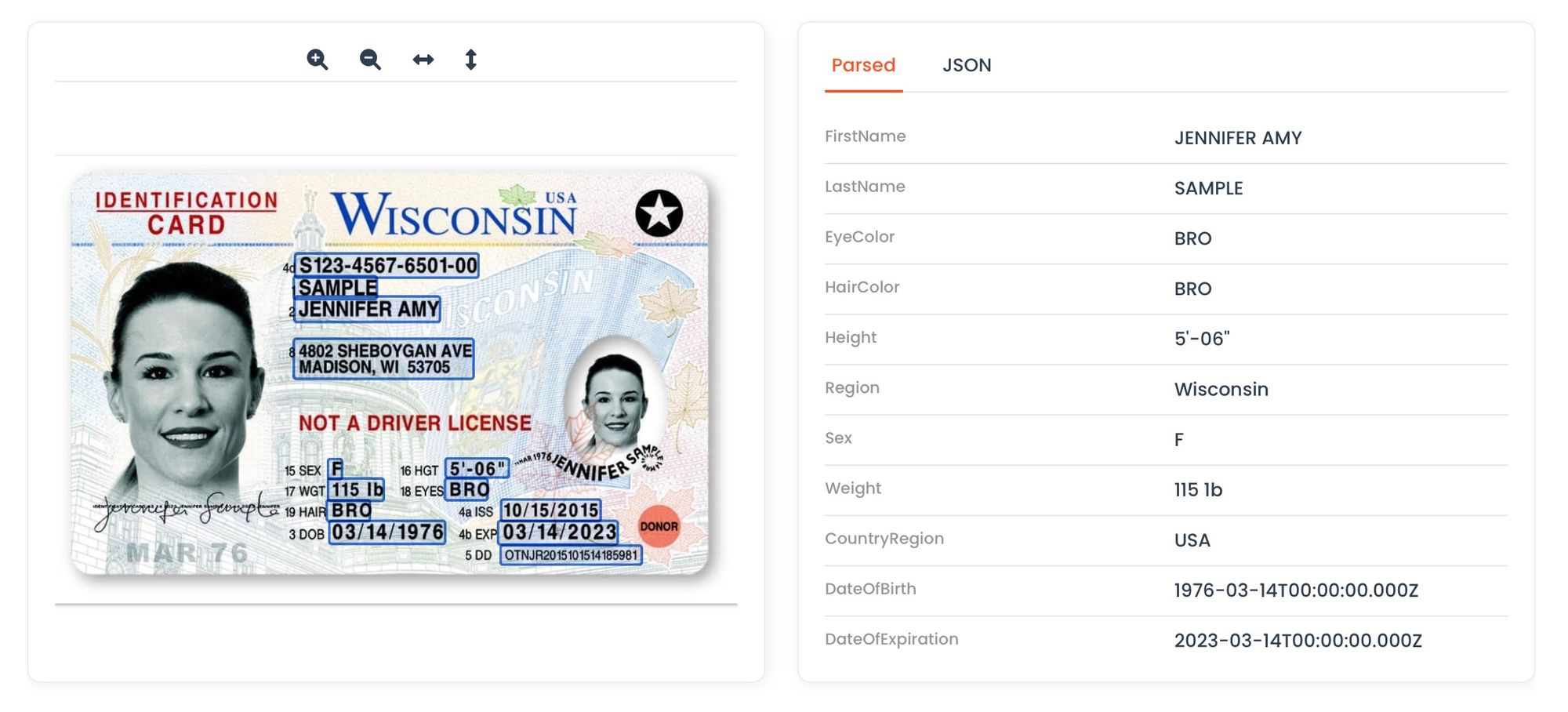Extracting Data from ID Documents Using AI and OCR
Discover how AI and OCR technology revolutionize ID data extraction, enhancing accuracy and efficiency in industries like finance, healthcare, and government. Learn about overcoming manual entry challenges and streamlining processes.

The demand for efficient and accurate methods of extracting data from identification documents is on the rise globally. Thanks to advancements in Artificial Intelligence (AI) and Optical Character Recognition (OCR) technology, businesses now have powerful tools at their disposal to streamline processes, enhance security, and improve customer experiences. In this blog post, we will deep dive into the details of extracting data from ID documents using AI and OCR.
Challenges in ID Data Extraction
Extracting data from ID documents poses several challenges, including variations in document formats. Furthermore, traditional methods of manual data entry are time-consuming, error-prone, and not scalable.
Different Formats and Layouts
ID documents exhibit diverse formats and layouts, which complicates the extraction process. For instance, some ID cards consolidate all information on one side, while others feature dual-sided layouts with distinct arrangements. This variability necessitates meticulous attention to detail and increases the time required for manual extraction.
Human Error Prone
Manual data extraction from ID documents is highly susceptible to human error due to the intensive effort and concentration required. Mistakes during data transcription or processing delays can result in costly errors and dissatisfied customers. The reliance on manual labor also exposes businesses to the risk of inconsistencies and inaccuracies in the extracted data.
Blurry and Old Documents
Blurry or old ID documents present additional challenges for manual extraction. Aging driving licenses or passports with distorted backgrounds and edited texts pose readability issues, leading to potential discrepancies in data extraction. Such documents require careful scrutiny and may result in slower processing times and diminished data quality.
Operational Bottlenecks
The manual extraction of data from ID documents contributes to operational inefficiencies, often manifested in long queues and delays at service counters. Front desk employees spend significant time and effort copying and pasting information across various forms, leading to reduced productivity and customer dissatisfaction.
AI-powered OCR solutions address these challenges by automating the extraction process, ensuring accuracy, and increasing efficiency.

Use Cases
Businesses across various industries leverage AI and OCR for ID data extraction to streamline operations and enhance productivity. Here are some common use cases.
KYC Compliance in Financial Institutions
Financial institutions, including banks and insurance companies, rely on AI-powered OCR technology for Know Your Customer (KYC) compliance. By automating the extraction of data from identity documents such as passports, driver's licenses, and national IDs, financial institutions can ensure regulatory compliance while expediting customer onboarding processes. This not only enhances operational efficiency but also minimizes the risk of fraud and identity theft by accurately verifying the identities of customers.
Travel and Hospitality Services
Airlines, hotels, and rental car companies leverage OCR technology to streamline the check-in process and enhance the overall customer experience. By automating the extraction of data from passports, driver's licenses, and other identification documents, travel and hospitality businesses can expedite the check-in process, reduce wait times, and minimize errors associated with manual data entry. This not only improves operational efficiency but also enhances customer satisfaction by providing a seamless check-in experience.
Patient Registration in Healthcare
Healthcare providers utilize AI and OCR technology to streamline patient registration processes and ensure accurate record-keeping. By automating the extraction of data from patient IDs, health insurance cards, and other documentation, healthcare organizations can reduce administrative burden, minimize errors, and improve data accuracy. This enables healthcare professionals to focus more on patient care while ensuring compliance with regulatory requirements related to patient identification and data privacy.
Government Services and Identity Verification
Government agencies rely on ID data extraction technology for various purposes, including passport processing, driver's license issuance, and identity verification. By automating the extraction of data from ID documents, government organizations can enhance efficiency, improve service delivery, and strengthen security measures. This technology enables faster processing of applications, reduces manual errors, and enhances the accuracy of data captured for official records.
What Data Is Possible to Extract from ID Documents?
ID documents contain a wealth of information critical for identification and authentication purposes. Some of the data commonly found in ID documents include:
- Personal Information: Name, date of birth, address, nationality, and gender.
- Document Issuer Details: Issuing authority, document number, and expiration date.
- Biometric Data: Photographs, fingerprints (in some cases), and signature.
- Machine Readable Zone (MRZ): Found in passports, the MRZ contains encoded information such as the document holder's name, nationality, date of birth, and document number.

AI-powered OCR technology can accurately extract this information from various types of ID documents, enabling businesses to automate data entry processes, enhance security, and improve compliance.
Understanding the MRZ (Passports)
The Machine Readable Zone (MRZ) is a crucial component of modern passports and other travel documents. Located at the bottom of the personal information page, the MRZ consists of two or three lines of characters, which are machine-readable and encoded using a specific format. This standardized format enables easy and efficient extraction of essential passport data using OCR technology.
The MRZ typically contains the following information:
- Document Type
- Country Code
- Passport Number
- Nationality
- Date of Birth
- Sex
- Expiry Date
- Optional Data
By leveraging OCR technology, businesses can accurately extract and decode the information contained within the MRZ, enabling seamless identity verification and document processing. This automated extraction process significantly reduces the time and effort required for manual data entry, while also minimizing the risk of errors associated with human transcription.
The extracted MRZ data can be used for a variety of purposes, including passport validation, border control, identity verification, and travel document processing. By efficiently processing MRZ information, businesses, government agencies, and travel operators can enhance security, streamline operations, and improve the overall travel experience for individuals globally.
Final Thoughts
The ability to extract data from ID documents using AI and OCR technology has revolutionized several industries, offering enhanced efficiency, accuracy, and security. By overcoming the challenges associated with manual data entry, businesses can streamline processes, enhance compliance, and deliver superior customer experiences. As advancements in AI and OCR continue, the potential for innovation in ID data extraction remains endless, promising a future of heightened efficiency and security in a digitally-driven world.
At Parsio, we utilize a powerful AI OCR engine to convert ID documents into a machine-readable format. We then apply a pre-trained AI model to automatically extract structured data from IDs, passports, driver's licenses, and more. Users can integrate with webhooks and automation platforms like Zapier and Make, enabling them to build complex automations with ease.
